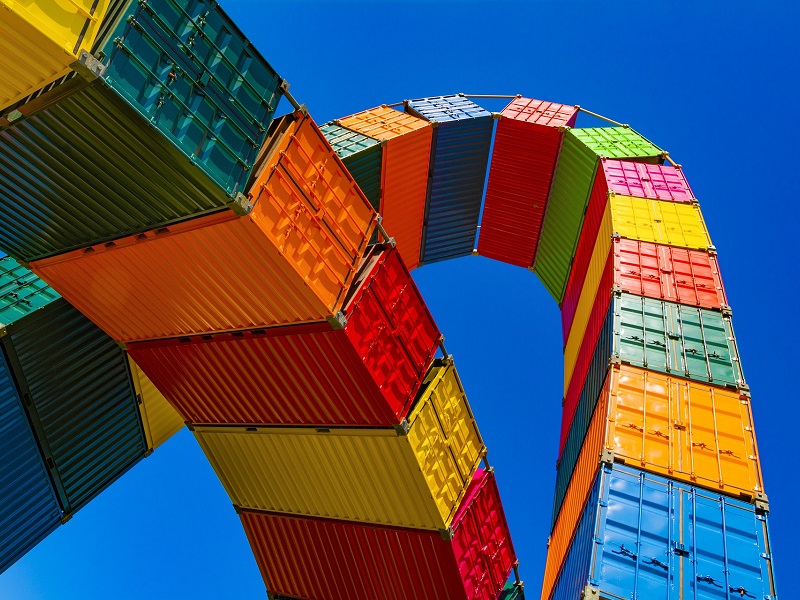The report shows confidence among local wine businesses has declined as energy costs and water access and security continue to challenge profitability and also shows plans for vineyard expansion.
Winemakers are taking advantage of free trade agreements in Asian markets to explore export opportunities and participants indicated development of an additional 850 hectares of vineyard.
“The snapshot aims to provide South Australian wine businesses with insights to inform decision making,” said Tim Siebert, Bentleys SA partner.
“We explore the challenges, risks and opportunities with the aspiration to contribute to the long-term sustainability of the wine industry in South Australia,” said Brian Smedley, South Australian Wine Industry Association (SAWIA) chief executive.
Key findings:
One hundred wine businesses participated in this year’s study, many of which are mature, private companies that grow their own grapes for winemaking purposes.
Despite increased global demand for wine, business confidence among wine businesses has declined in contrast to the past two years.
Asian export markets, particularly China, continue to play an increasingly important role, as winemakers take advantage of free trade agreements and the value of the Australian dollar to explore new markets.
Notwithstanding, sustained profitability continues to be a significant concern for many wine businesses.
“Understanding and managing the profitable parts of a business and the controllable expenses is key to success when value can be influenced by vintage,” said Siebert.
Energy costs, along with water access and security, continue to be the most negative environmental influences for wine businesses to manage.
Despite a high-quality vintage, the unfavourable weather conditions resulted in reduced production in some regions, also contributing to a loss of confidence.
Many participating wine businesses plan to redevelop and increase the size of their vineyards over the coming five years. Participants indicate development of an additional 850 hectares, with their primary motivations being addressing disease issues and improving varietal mix.
Despite this planned expansion, no additional water consumption is projected, indicating increased focus on water efficiency.
“The wine industry is complex, and it can be difficult to find time to devote to improving business operations, never mind finding the information required to compare and improve performance,” said Siebert.
“We hope this report makes it easier for wine businesses to compare their operations to the wider industry,” said Siebert.
“It is an exciting time for the South Australian wine industry – one which demands innovation, agility, and improved practices to remain competitive and sustainable,” said Smedley.
“We thank the wine businesses that participated in this study, and we encourage ongoing support as we endeavor to inform, celebrate and strengthen the wine industry of South Australia,” said Smedley.
Key statistics:
• 100 wine businesses participated in this study, and of these: 61% were private companies; 80% grow their own grapes; 42% are in the mature phase of their business lifecycle.
• 24% of participants are worried about the future of their business, compared to only 12.5% last year.
• 27% of participants have indicated that their business confidence has decreased this year, compared to 12% last year.
• Wine inventory levels are in balance, with more than 40% of participants indicating their inventory levels of white (43%) and red wine (45%) are about right.
• Energy costs are having a negative impact on 88% of participants.
• Almost half (48%) of participants are experiencing difficulty with recruiting staff.
• Two thirds (67%) of participants have expressed a need to improve business profitability. Of these, 25% indicated that significant improvement is required.
• Vineyard redevelopment and expansion is expected to increase the size of productive land for participants by net 850 hectares by 2023.
• 83% of participants do not intend to change their water consumption through to 2028, despite some expansion of vineyards.
• More than half (51%) of participants consider continued local demand for South Australian wine to be a key success factor.
Download the full report here





















